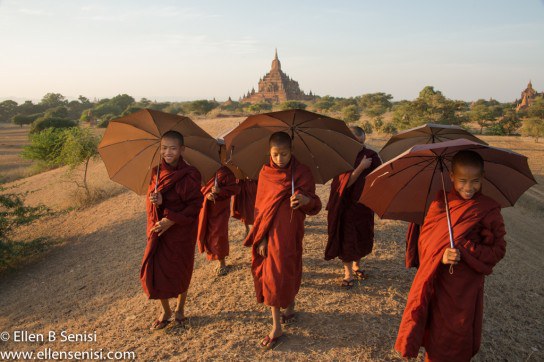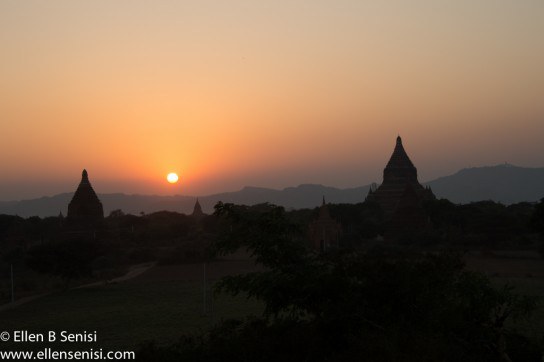
Burma, Especially Its Children – Post 14: Bagan, Land of Ancient Temples
The Bagan Archaeological Zone is an historic complex that originally contained approximately 14,000 religious monuments (temples, pagodas, monasteries, and stupas) built in this approximately 40 square mile zone. Although many were built in a 250-year period, many people added more throughout the centuries; some are still being added.

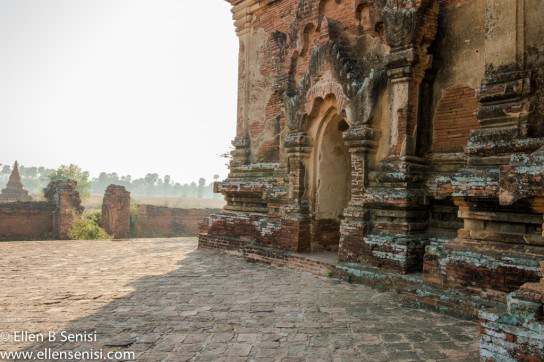
It is estimated that today about 2200 structures survive in various conditions of repair or disrepair. Bagan is in an active earthquake zone, so earthquakes have brought down many of the structures throughout the years.
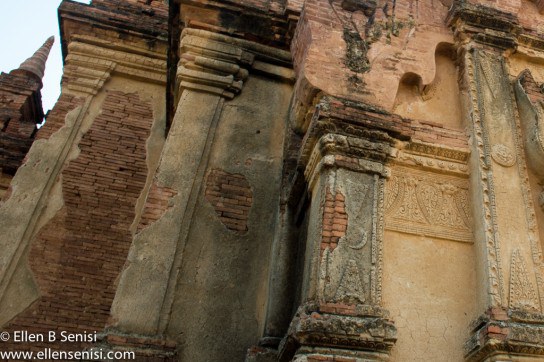
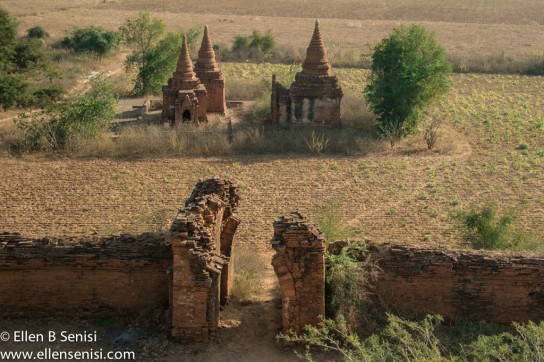
A bit of history here: the city now known as Bagan was the original capital of the Pagan Kingdom, founded in the mid to late 9th century. The Pagan Kingdom consolidated and united various small kingdoms, creating the rough geographical outlines of modern-day Burma. The Pagan Kingdom was prosperous, educated, and religious, and its royalty and citizens often used their wealth to build religious monuments. Some of these structures are small, as they were built by a family or group of families. Wealthy people and royalty built the large ones.
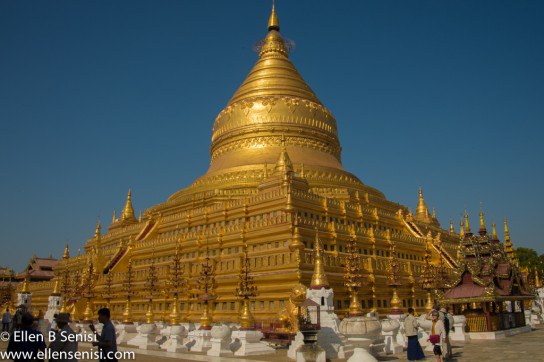

We climbed to the tops of some but it was perilous indeed, especially while loaded down with heavy camera equipment. We scrambled up and down uneven stone steps with no railings. The interior stairways were very tight (not for the claustrophobic!) and pitch black (bring flashlights!). And remember – always in bare feet. But that was the best way to get the good views!

Going up these exterior stairs wasn’t too bad but coming down was a bit hairy.
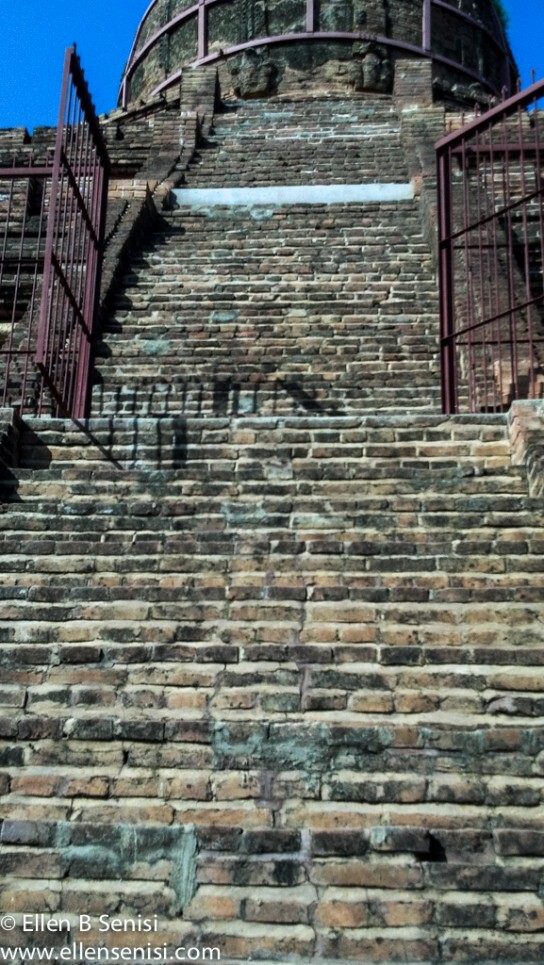
The level of detail on some was phenomenal! The work of master craftsmen has endured through the centuries.
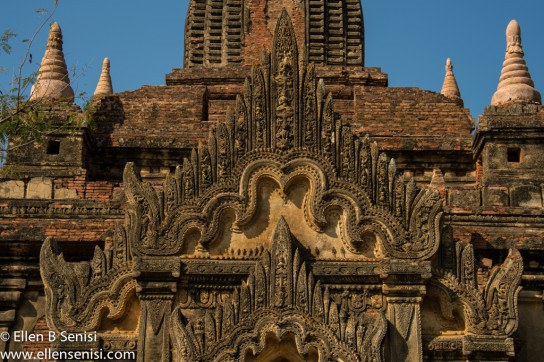
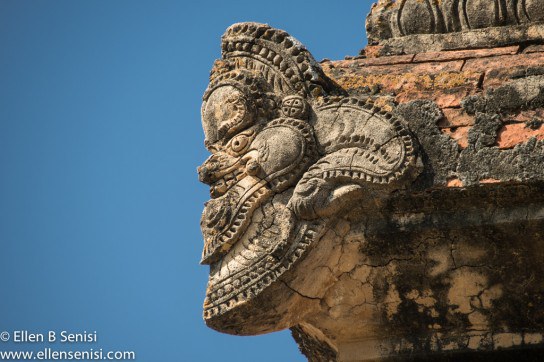
One interesting note is that the denominations of these structures were very fluid, and multiple religions coexisted peacefully here. (Wow, what a radical concept!) Theravada Buddhism, Mahayana Buddhism, Tantric Buddhism, various Hindu faiths, and native animist traditions were all represented.
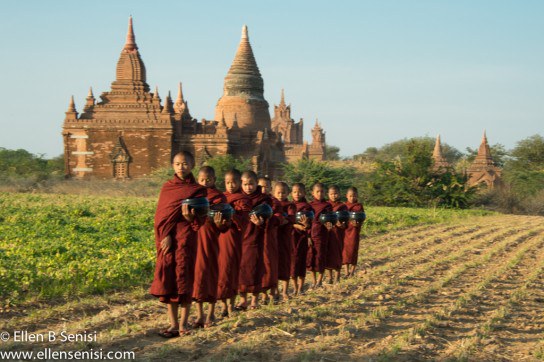
Here we go with politics again – it’s a hair’s breadth away from every subject in Burma, it seems . . . The military junta wanted to promote the Bagan Architectural Zone as a tourist destination so in the 1990’s they undertook a series of restorations that were badly done. International standards for restoring historical structures were not followed. For example, they did not pay strict attention to original architectural styles and they used modern materials (such as concrete) to patch up crumbling structures.
Building a golf course, a paved highway, and a 200-foot watch tower here didn’t help, either. And then, after all that work, the tourists didn’t come. Many countries and organizations boycotted tourism in Burma because of the dictatorship’s poor record on human rights.

However, now that the country is opening up to democracy, boycotts and sanctions are gradually disappearing. That means there will likely be many more visitors to Bagan in the coming years, as the Bagan Archeological Zone is truly a wondrous place. Let us hope that its aura of peacefulness, reverence, and deep history can be preserved.
